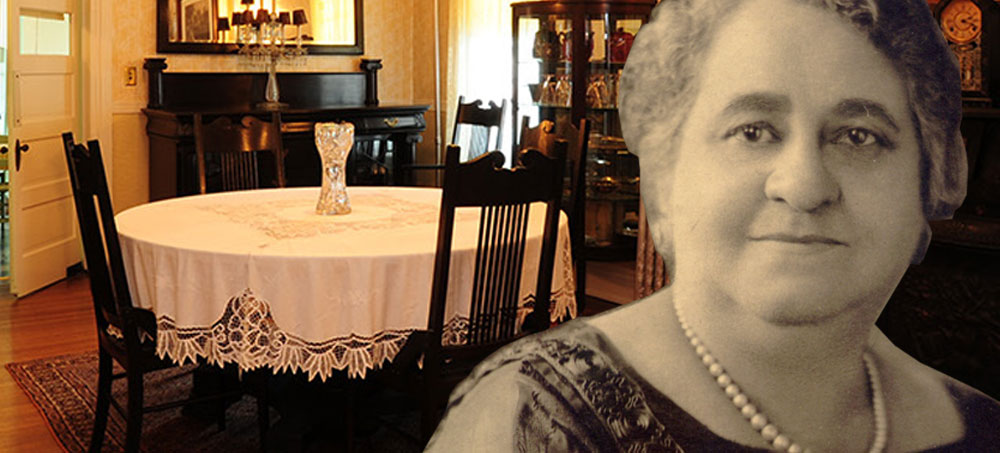
Content Partner
Grades 6-8
Happy EconEdMonth! Celebrate economics all month long by visiting EconEdMonth.org

Don't have an account yet? Sign up for free
Don't have an account yet? Sign up for free
Students will be able to:

In this economics lesson, students examine why people choose not to vote in general elections.
Warm-Up
Use The Mystery of the Voters Who Don’t Vote slide presentation to help students examine reasons people in the United States fail to vote in general elections. Slide 2. Ask students what they know about voting. Tell them this lesson will examine the reasons that people in the U.S. choose not to vote. Slide 3. Have them match the countries on the left with the correct percentage of voter turnout rates industrialized nations on the right. Slide 4. Show them the correct answers. Ask how these answers align with their guesses and discuss the results. Explain that voting is a right or a privilege, but it is also a choice that each individual makes.
Modeling
Slide 5. Explain that they will be learning a reasoning process to help them solve mysteries or understand why people do the things they do. Walk them through the six points of the Handy Dandy Guide for Economic Thinking. Answer any questions they have about the terms or concepts presented. Tell them they will use this guide to determine why people in the U.S. choose not to exercise their right to vote.
Group Activity
Put students in small groups and have them write down the six points in the Handy Dandy Guide to use as a reminder for completing their assignment. Slide 6. Tell students they will be shown ten clues and will need to determine if it is useful in solving the mystery of why people do not vote. Slides 7-15. Show students each individual slide, giving them an opportunity to review the included resources. Have them decide if the clue is relevant to solving the mystery, and write down the number for the clues that are relevant. Slide 16. Review the correct answers and respond to student questions. Explain how there was a lot of information provided in other clues, but it was not helpful in solving the mystery. Discuss how being able to sort through the clutter of information to find want is relevant can help them become better problem solvers.
Individual Activity
Using the answers in Slide 16, have students write a sentence describing how the Handy Dandy Guide relates to each answer. (Answers may vary but students should be able to determine that people are making choices about voting and that choices have costs/benefits.)
Have students complete this statement: “Many U.S. voters choose not to vote because…” (Answers will vary but should reflect problems related to time, convenience, etc.)
Activity 1
Put students in groups to research the voting practices in other countries listed in the lesson (Slide 4). Have them make at least one recommendation for changing voting practices in the U.S. that might improve voter turnout rates, based on their findings. Have students report their results to the class.
Activity 2
Have students survey friends, family, neighbors, and others in their community to determine what changes in voting practices would increase voting turnout. After compiling the data for the class findings, invite a local or state official to class to hear their results.

Content Partner
Grades 6-8

Grades 9-12

Grades 9-12

